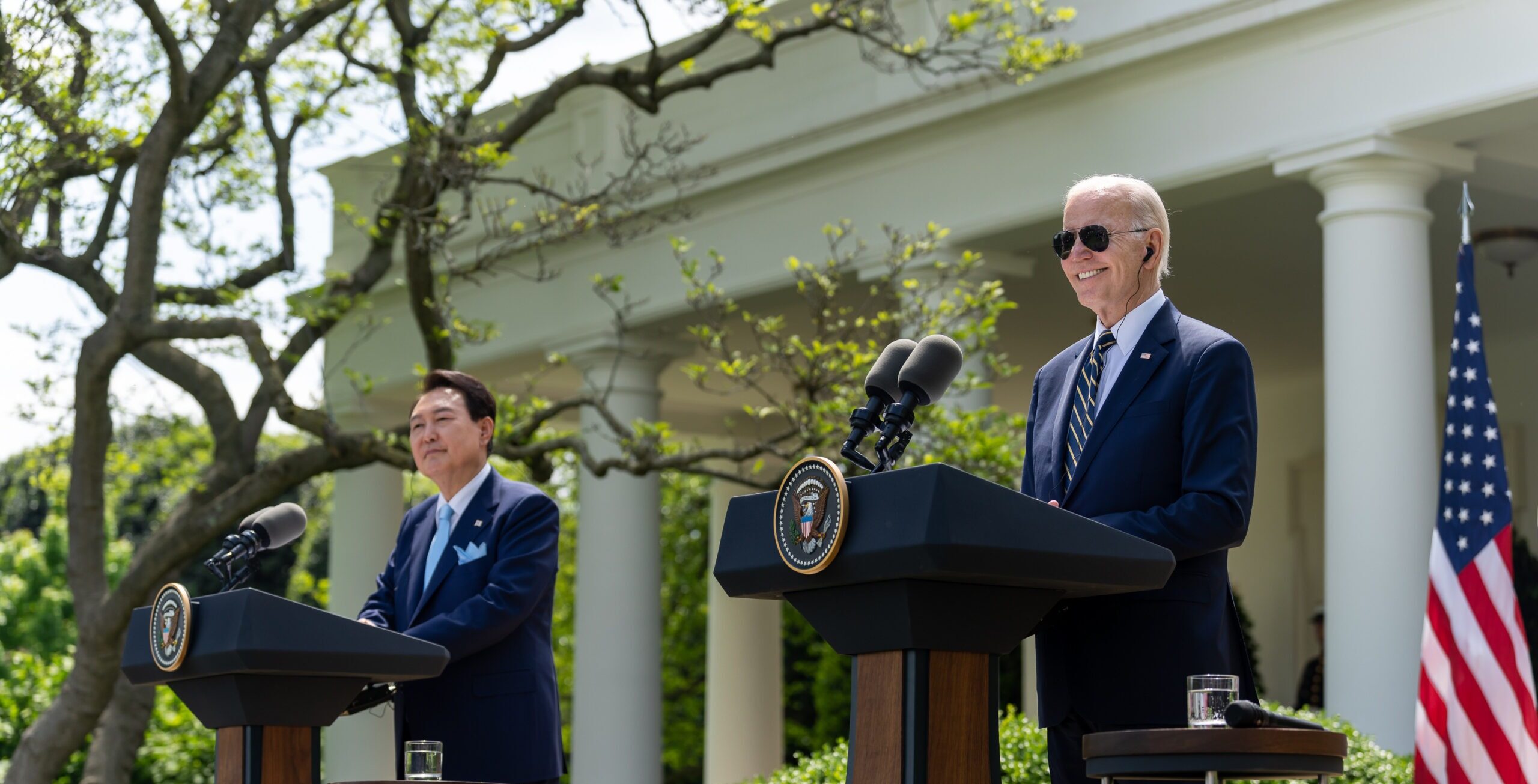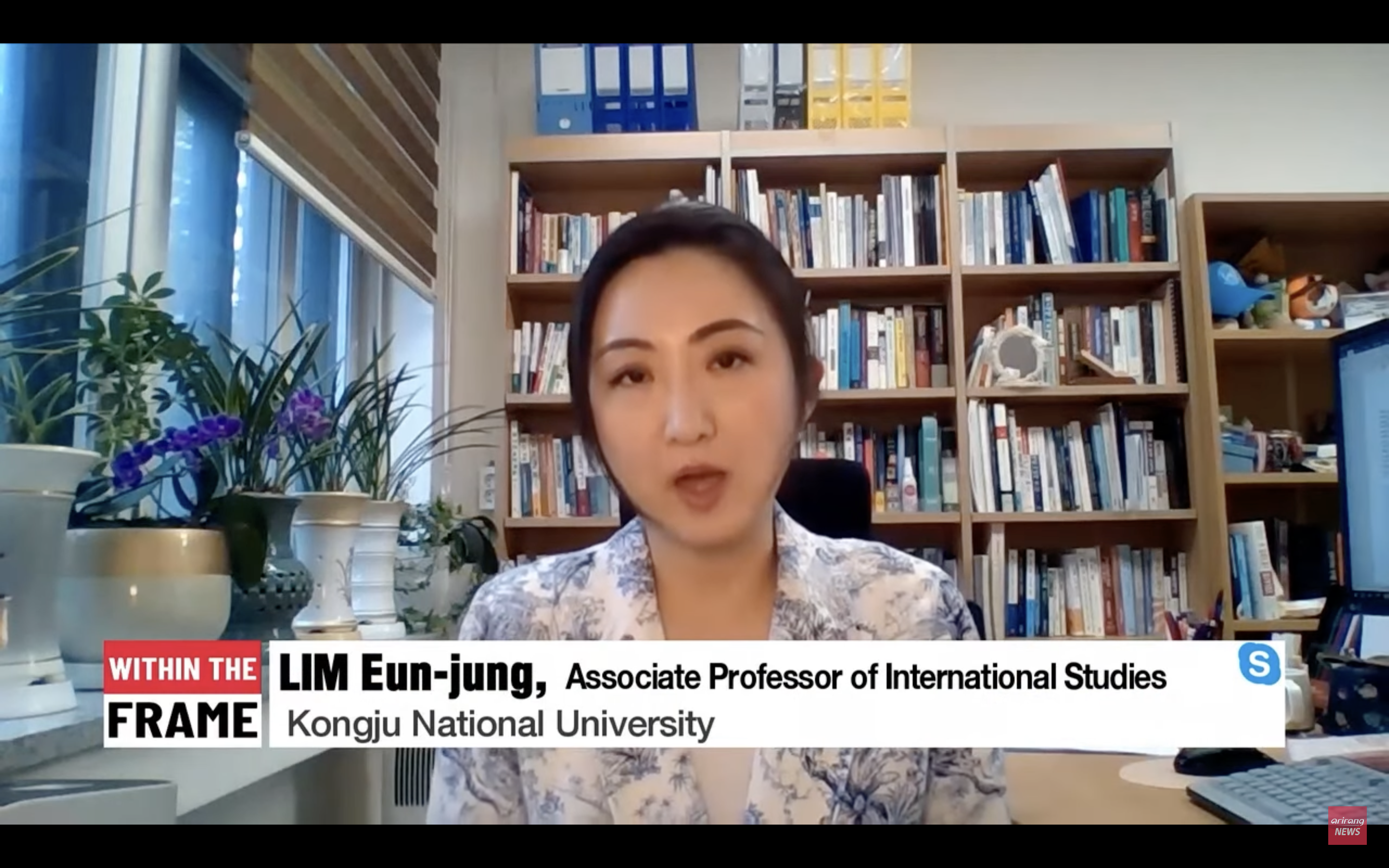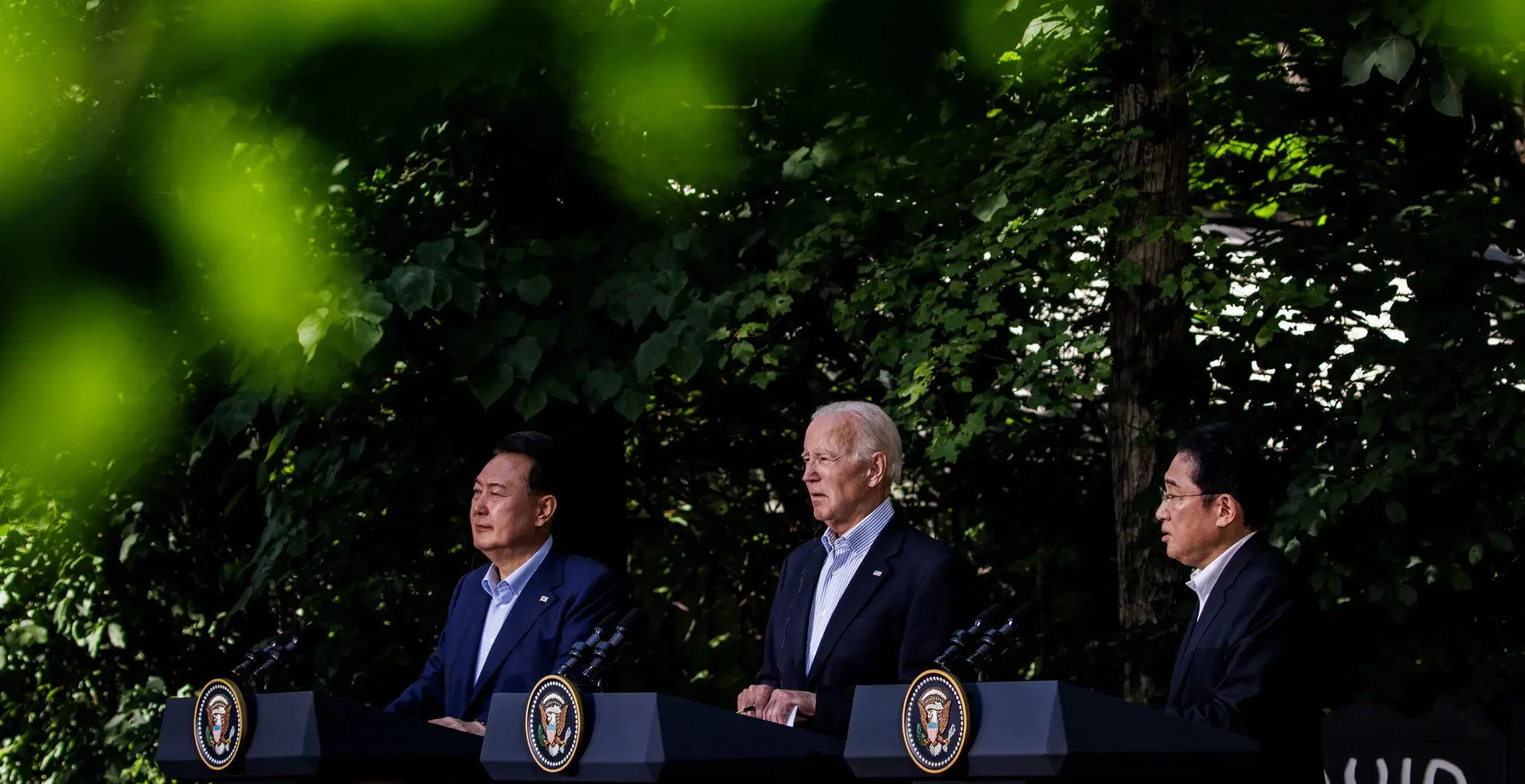The Washington Declaration Fails to Address Seoul’s Nuclear Concerns
EAST ASIA FORUM
APLN member Jina Kim argues that the Washington Declaration is nothing new for the US-South Korea alliance. Read the original article here.
To mark the 70th anniversary of the US–ROK alliance, South Korean President Yoon Suk-yeol held a summit with US President Joe Biden in April 2023. The outcome of this summit was the Washington Declaration, in which the United States vowed to strengthen extended deterrence consultations, while South Korea restated its non-proliferation obligations under the Non-Proliferation Treaty (NPT) framework.
While this declaration may seem new, it encompasses several key aspects agreed by both sides since 2017 under the Moon Jae-in administration, primarily through their respective defence ministries.
Under the declaration, the United States has committed to consult with South Korea on potential nuclear weapons employment on the Korean Peninsula. But it does not specify the timeliness or extent of such consultations, leaving the level and scope of US commitment subject to discretion. The declaration includes a commitment to enhance the regular visibility of strategic assets on the Korean Peninsula. Yet the frequent deployment of US strategic assets was already agreed on during the 2017 Security Consultative Meeting (SCM), which emphasised the need for greater rotational deployment of such assets on and near the Korean Peninsula.
The alliance’s commitment to joint planning and execution of South Korea’s conventional support to US nuclear operations in contingency situations was already deemed essential at the 2022 SCM. The declaration also highlights the allies’ commitment to improving their combined exercises and training activities, but the allies already agreed in November 2022 to hold an annual table-top exercise that simulates a North Korean nuclear use scenario.
As early as 2017, the United States and South Korea reached an agreement to enhance the alliance’s deterrence measures and capabilities, improve information sharing and interoperability and develop extended deterrence policies, procedures and cooperation mechanisms. This agreement was followed by the comprehensive recommendations to strengthen extended deterrence addressed in the 2019 SCM, which resulted from a joint study on extended deterrence during the Moon Jae-in administration.
Several consultative bodies, including the Korea–US Integrated Defense Dialogue, Security Policy Initiative, Deterrence Strategy Committee and the Extended Deterrence Strategy and Consultation Group, are already in place to facilitate such cooperation. The US–ROK Counter-Missile Working Group was established and the Program Analysis Working Group for US–ROK Missile Defense was reactivated. The declaration confirmed the establishment of the Nuclear Consultative Group, but its potential additional functions remain to be determined.
The significance of the Washington Declaration is the Biden administration’s effort to alleviate ongoing debates surrounding South Korea’s nuclear armament and redeployment of tactical nuclear weapons to the Korean Peninsula. The declaration omits terms like ‘sharing’ or ‘planning’, which are reminiscent of the much-anticipated NATO-style deterrence mechanism in South Korea and the NATO Nuclear Planning Group. This indicates the US intention to prevent any misunderstandings by avoiding language reminiscent of NATO nuclear cooperation in Europe.
During his press conference, President Biden emphasised that the authority to use nuclear weapons rests solely with the president, who is the Commander-in-Chief of the US military. He also clarified that the United States will only consult with South Korea ‘when it is appropriate’. This statement aims to forestall the erroneous belief that Seoul is automatically involved in Washington’s nuclear decision-making process.
Meanwhile, the South Korean government explained the declaration as a platform for South Korea and the United States to explore the possibility of planning the employment of nuclear weapons. The aim was to create the perception of participating in nuclear sharing with the United States. The White House contested the notion that the declaration implies nuclear sharing, leading to subtle tension between Seoul and Washington during the state visit.
Several domestic factors explain why the South Korean government chose to capitalise on an event commemorating the 70th anniversary of the US–ROK alliance. On 11 January 2023, President Yoon made a statement indicating that South Korea had the capability to rapidly acquire nuclear weapons using indigenous technology and that it could potentially deploy tactical nuclear weapons if North Korea’s provocations escalated. In the run-up to the April summit, the presidential office issued several statements that raised public expectations of potential measures similar to NATO’s nuclear sharing.
This strategy is related to the need to consolidate support from the conservatives amid declining approval ratings. Polls show that more than 80 per cent of conservatives favour nuclear armament. South Korea’s conservative constituency has consistently expressed support for nuclear weapons even during de-escalation of inter-Korean tensions and continued denuclearisation talks. Persistent media coverage of survey outcomes on the attitudes of South Koreans towards nuclear armament has contributed to the widespread notion that this topic represents a mainstream discourse in South Korea.
While the existence of a prevailing public sentiment regarding nuclear armament is debatable, it is possible that the South Korean government is attempting to raise audience costs to encourage the United States to take more robust deterrence measures. For the Washington Declaration to be meaningful, it should be utilised to address assurance issues, provide opportunities for more detailed discussions on nuclear deterrence scenarios and develop tailored extended deterrence measures.
Image: President Joe Biden and President of the Republic of Korea Yoon Suk Yeol hold a joint press conference, Wednesday, April 26, 2023, in the Rose Garden at the White House. (Official White House Photo by Cameron Smith)




![[Interview] US, Japan Came Out of Camp David With Clear Gains, Korea With More Risks](https://cms.apln.network/wp-content/uploads/2023/09/4416928645071467-e1693732272304.jpeg)